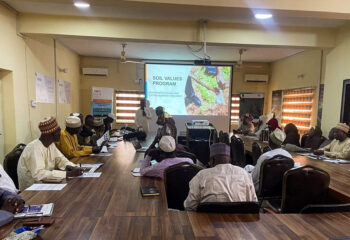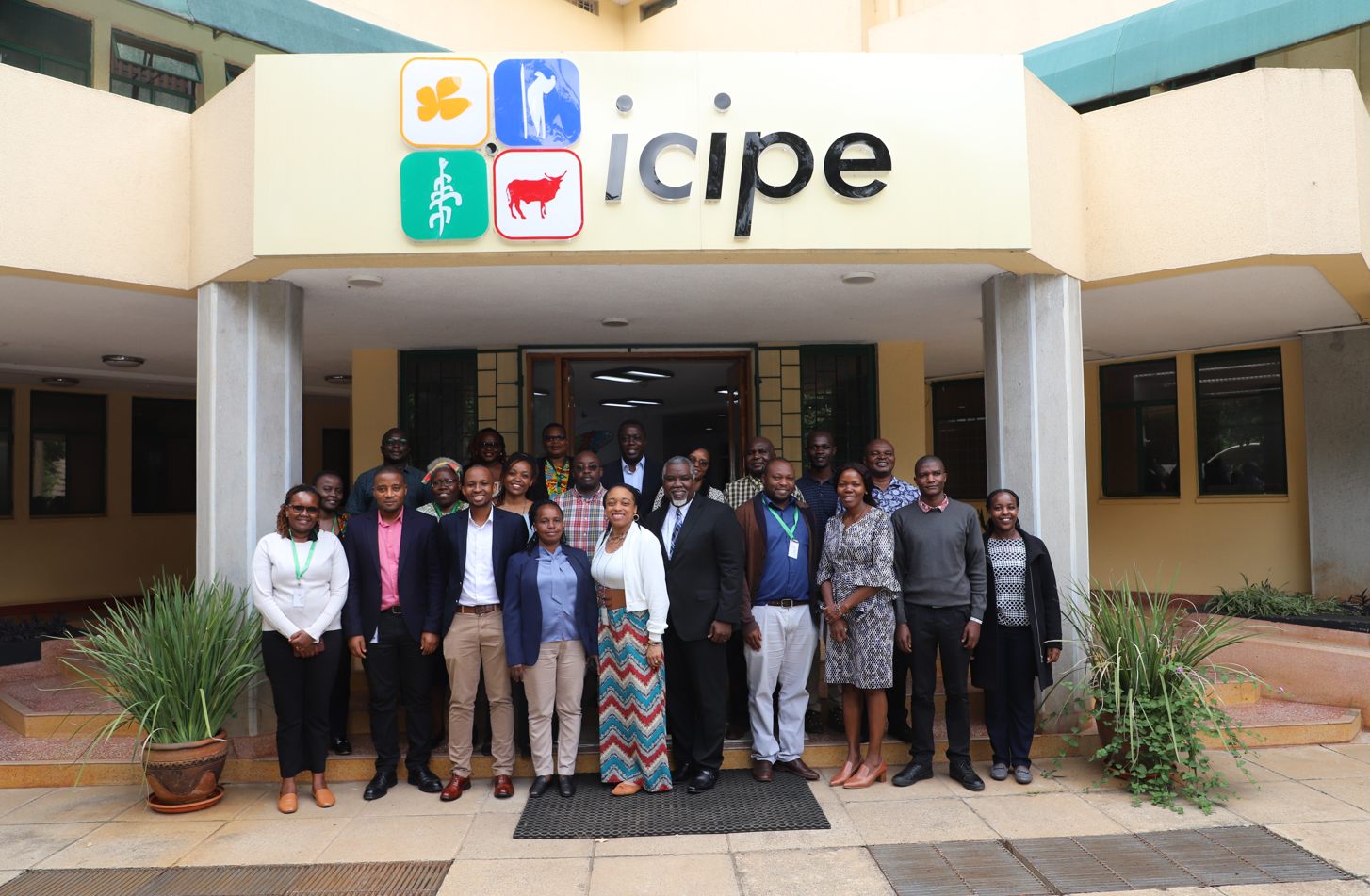
The COVID-19 pandemic has again raised the importance of agriculture to Nepal’s economy and self-sufficiency in food. Despite engaging 65% of country’s population in agriculture, Nepal has to import a large quantity of food grains every year. To substitute the increasing import, the Government of Nepal (GoN) has targeted to increase rice production by 2 million metric tons annually and also targets to be self-sufficient in maize for poultry feed. However, challenges are increasing to meet this target as agricultural inputs such as seeds, fertilizers, and pesticides are not available on time due to the COVID-19 lockdown. With the timely start of monsoon rain, and due to its uniform distribution, rice transplanting is completed on 98% of the total rice cultivated area, which is the highest in the last five years. But farmers were not able to apply the required amount of fertilizers. Fertilizer scarcity in the rice season is a chronic problem, and it is more severe this year as fertilizer could not be imported on time due to the lockdown. As fertilizers play a vital role in rice production, its cultivation with no or less use of fertilizers will drastically reduce the productivity of rice despite a favorable climatic condition.
The government provides only three fertilizers, urea, diammonium phosphate (DAP), and muriate of potash (MoP), in the subsidized rates and distributes to farmers through farmers’ cooperatives. Although distribution of fertilizers by agro-retailers is acknowledged, they are not allowed officially to distribute fertilizers. Among these three fertilizers, urea has a heavy subsidy and is the cheapest fertilizer in the country. Thus, farmers prefer urea over other fertilizers, resulting in imbalanced use. Generally, farmers over apply urea, under apply phosphate and potash fertilizers, and seldom use secondary and micro-nutrients. This negatively affects crop productivity and soil health.
There are several challenges on efficient and effective use of fertilizers, however, those are masked by the issue of fertilizer availability. Most farmers and even fertilizer distributors including farmer cooperatives and agro-dealers are not aware of the quantity of fertilizer required for per unit area of cultivation and of the right timing of application. DAP (which supplies 18% nitrogen and 46% phosphorus) and MoP (which supplies 60% potassium) are basal fertilizers and should be applied during rice transplanting. Urea (which supplies 46% nitrogen) is a top dressing fertilizer that should be applied to crops as needed. For rice, it can be applied at 3-4 weeks after transplanting and repeated after 7-8 weeks of transplanting.
However, Nepal’s extension system is not able to raise awareness among farmers and other stakeholders on improved fertilizer management practices. We can see media reporting and farmers’ voices on lack of urea for rice transplanting. Farmers apply both DAP and urea during transplanting. In fact, when DAP is applied during transplanting time, there is no need of additional urea application. If urea is applied together with DAP, there will be more nitrogen in the soil than the plants require. Thus, the excess nitrogen will be lost to the environment, which is not only an economic loss to farmers, but also poses negative environmental consequences, such as emissions of greenhouse gases, water pollution, etc.
To increase the effectiveness of each fertilizer, its application should be efficient, which can be achieved by adopting the 4Rs (right source, right amount, right time, and right placement) of nutrient stewardship. The right amount of fertilizer should be applied by synchronizing with the plant’s requirement. Proper timing of fertilization is necessary to achieve maximum plant uptake, thereby reducing losses of nutrient to the environment. Applying fertilizer long before the plant’s requirement or delaying application will expose the nutrient to potential loss. This is particularly true for nitrogen fertilizers as soil cannot retain nitrogen for a long period of time.
As rice transplanting was completed on time, it is a peak time for urea topdressing. However, there is an acute shortage of urea in the country. AICL and STCL, who import and distribute subsidized fertilizers, are not able to supply fertilizer on time. However, it is critical that urea should be top dressed 3-4 weeks after transplanting for optimum growth and development of plants. Otherwise, it will pose a big challenge to meet GoN’s target of increasing rice production, as rice productivity will be reduced if farmers are not able to top dress urea on time.
Therefore, GoN, in addition to assure timely availability of fertilizers, should work together with other development partners to raise an awareness among farmers and other stakeholders on improved fertilizer management practices and their efficiency should be increased by applying the right amount of fertilizer at the right time.



